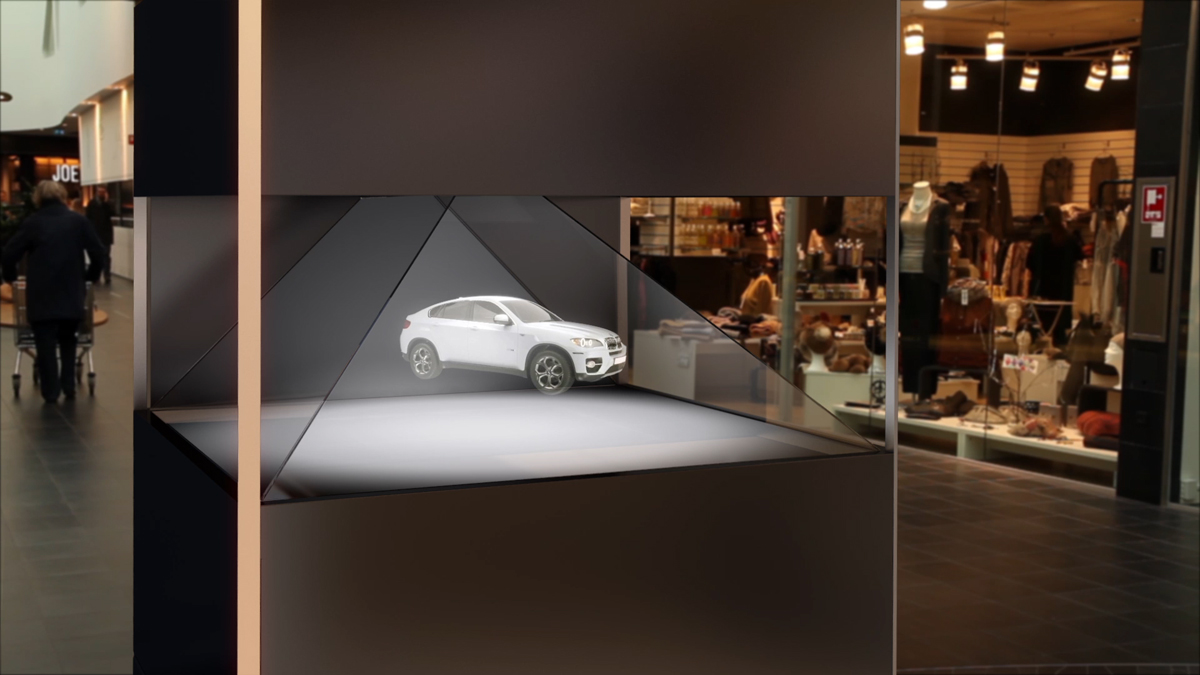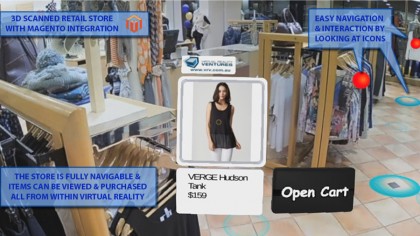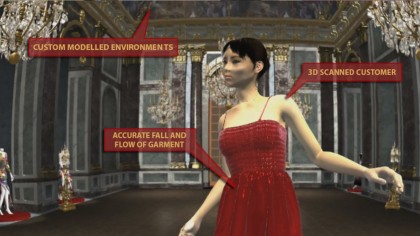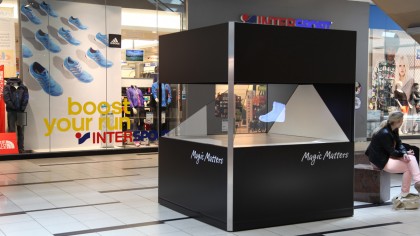How visualisation will revolutionise retail
Data and holograms and shopping, oh my!

Visualisation technology has the potential to drive innovation across all industries, however, the retail sector has a number of use cases which give a whole new meaning to the pastime of window shopping.
Since the dot com boom retailers have clamoured to get their businesses online to expand their addressable market. In recent years, retail has undergone a revival with even the most tech-savvy companies like Apple, Microsoft and Samsung all standing up bricks and mortar stores to garner the benefits only a retail environment can bring.
How will visualisation transform the retail experience? We've asked three founders of visualisation technology companies at the coal face of reinventing what's possible inside every boutique.
Stefan Pernar, founder of Virtual Reality Ventures Pty Ltd, says visualisation has the capability to save retailers from the phenomenon of "showrooming" whereby customers research products they want to buy in a retail store, but then go online to buy the item.

"Virtual reality has the potential to combine incredible retail experiences with the comfort and price advantage of online shopping," Pernar says. "There's endless potential in creating virtual reality retail spaces that would be too costly or outright impossible in physical reality."
For example, 3D scanning customers and recreating virtual reality versions of items like garments that are based on the same patterns given to a tailor enables shoppers to see a VR version of themselves walking up and down a runway wearing a virtual dress they are thinking about buying.
"This enables a customer to experience the fall and flow of a piece of clothing without as much as going outside," he says.
Sign up to the TechRadar Pro newsletter to get all the top news, opinion, features and guidance your business needs to succeed!
Pernar started Virtual Reality Ventures in January 2014 after having tried the Oculus Rift DK1 for the first time and becoming convinced the technology will be a game changer. Since then the company has developed visualisation technologies for the fashion industry, immersive shopping as well as the real-estate industry, among others.
Virtual shopper
Another company changing the retail experience is Aurora VR which produces content utilising 3D HR cameras and then overlays a data visualisation for clients using motion tracking graphics. It is working with companies like Brother, Nestle and Mondelez on how to present data to retailers, consumers and enterprises.
CEO Jason Bentley says the convergence of the digital and physical retail environments, also known as the omni-channel, is creating shopper disruption and challenging traditional channels of engagement. E-commerce is providing data rich profiling opportunities for companies and the future of retail where a shopper's social profile has commercial value to companies to create influencers and advocates across their social network.

"Virtual Reality is today's reality and in 2016 with Facebook Oculus Rift, Sony's Project Morpheus and Microsoft HoloLens will change the landscape of wearable technology and challenge smartphones' relentless growth," Bentley says.
"Visualisation technology will evolve omni-channel strategies to create more sensory experiences and retailers [will] utilise virtual and augmented reality to change the way data is visualised."
According to Bentley, technologies like HoloLens will change the way we visualise "our world" both at home and at work as calendars, travel plans, weather reports will all be dynamic in nature.
"In retail, a shopper's experience will be immersive and targeted based on their lifecycle and purchasing behaviour. Imagine utilising a VR headset to walk into a virtual store with profiled promotions specific to your family consumption trends and products specific to the changing demographic of your lifestyle," he says.
Light the shelves: In store visual displays
In the future "stacking the shelves" is set to become an anachronism for some retailers with visualisation technology being used to generate holographic images of products for display and sale. Combine this with existing e-commerce ordering processes and shoppers can view a "product" in a retail store and order the actual physical item to be delivered to home or work.
Another local company innovating in this space is RealVision which claims to have developed the only commercial-grade holographic displays in the world.
RealVision founder Jason Bell says one of the company's focus areas is retail point of sale where there is a unique market potential to combine a physical product with holographic imagery.
"We can then produce multiple branding on a single static product placed inside the display," he says.

Bell sees the future of retail as centred on the customer experience which incorporates proximity marketing and hologram technology, giving the shopper "their style, their way at their preferred time".
"Retail environments are changing and it's exciting for the customer to get involved in the experience. Retailers also want big data [and] we can use that data to show trends [which] turn marketing into dollars," he says.
"We see advancements in AR and VR as complementary to holographic displays. An example would be that holographic displays draw people's attention to a physical location and AR and VR will then take the experience into a virtual location."
Bell says collaboration is the key to bridge the gap between displays and immersive shopping experiences.